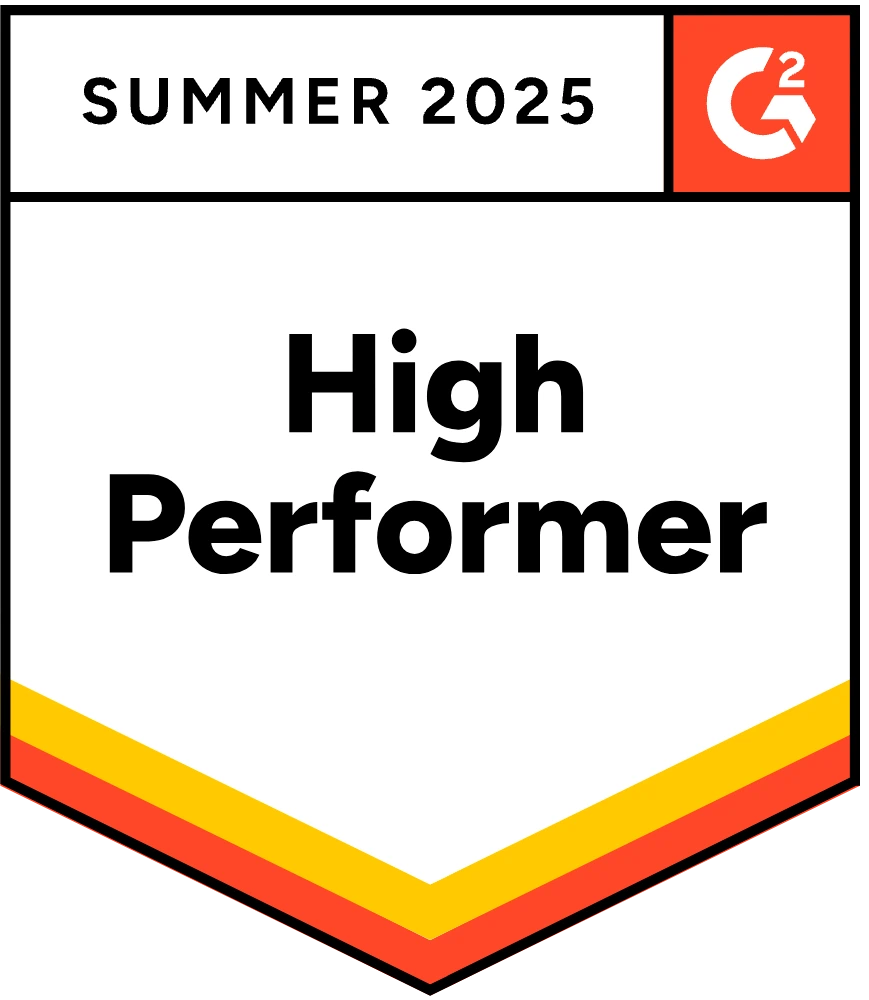- Technology solutions are necessary to measure and optimize social distancing
- ‘6 Feet Office’ enters second test phase aimed at optimizing the working environment in the long term
International advisor Cushman & Wakefield just announced the first results of analyses of the use of the 6 Feet Office test setup. The concept, which was set up in April this year, is part of the real estate consultant’s ‘Total Workplace Strategy’ and serves as a ‘Living Lab’ at Cushman & Wakefield’s office on the Zuidas in Amsterdam. By means of clear stickers, transparent communication, walking routes, extra hygiene measures and movement sensors, an environment has been created in which work can be done safely.
Making an office suitable for the current 6-foot social distancing is more complex than simply removing desks and washing your hands more often. The 6 Feet Office environment is equipped with clear visual demarcations, behavioral protocols, and movement sensors. The motion sensors are important to determine whether behavior has actually changed and employees are (still) complying with regulations and protocols. So far, data from the motion sensors shows that ‘social distancing’ on the work floor is largely successful, specifically in 87% of cases. The bottlenecks that arise are often easy to solve.
The remaining 13% of cases in which the standard is not fully met (see graph) are in most cases in the vicinity of workstations. Taking responsibility and continuing to communicate appears to be crucial to create and maintain a safe, but above all pleasant working environment for all employees.
Asaël Akkerman, Head of Workplace at Cushman & Wakefield: “The current situation where social distancing is the norm makes the need for compliance with certain regulations urgent. From our experience in the field of Total Workplace advice and data from movement sensors, we have known for years how the layout of the work floor can be optimized. For us, this first result confirms the importance of technology solutions”.
Spacewell technology
Cushman & Wakefield collected data on occupancy and movement in the office environment using smart building technology from collaboration partner Spacewell. The measurements now being reported cover the period May, June and July 2020, a period during which occupancy at Cushman & Wakefield’s head Netherlands office has been gradually scaled up to 50% compared to pre-COVID-19 usage.
The following factors were measured:
- Crowdedness at the office
- Use of enclosed and open spaces and workstations
- Walking directions of office users (footfall)
- Respect of social distancing guidelines (SDI)
- Environmental factors including indoor air quality, temperature, and CO2
To ensure that there are fewer violations of the required 6 foot distancing, dashboards have been optimized, including adding new measurements. Better reporting makes it possible to control and improve the environment around the workstations, both for the short term but also for the longer term when ‘social distancing’ can be scaled down.
Transforming the office
According to Cushman & Wakefield, the COVID-19 pandemic has accelerated changes to office utilization. More than providing an office-related workplace, the office is becoming a place for collaboration, creativity, and (informal) meeting. A comparison of the data with a pre-COVID-19 occupancy measurement in July 2019 shows that workplace occupancy has almost doubled (from 33% to 62%). This can be explained by the introduced 6 Feet Office measures, such as fewer desk seats and compulsory reservation of desks.
In addition, the quality of the workplace is receiving much more attention. Apart from health and safety, other aspects, such as the ability to work together, the quality of the equipment, and the ability to concentrate, will also be improved.
Employee wellbeing and health in the workplace are becoming and will remain more relevant for every employer. At the moment, the second phase of testing in the ‘Living Lab’ at the Amsterdam Zuidas is being launched and will translate the acquired insights into modified office furnishings that are optimally suited to enabling organizations to work more successfully in the long term.
In its How-to guide for reopening your workplace, which can be downloaded free of charge, the real estate consultant has collected all the guidelines based on (international) data and experiences.
About Cushman & Wakefield
Cushman & Wakefield (NYSE: CWK) is a global leader in professional services in commercial real estate. As a strategic advisor, the organization creates sustainable business value by guiding clients in formulating the best possible real estate decisions and solutions and taking responsibility for their realization. Cushman & Wakefield is one of the world’s largest strategic advisors in commercial real estate with approximately 53,000 employees spread over approximately 400 offices in 60 countries. In 2019 the organization achieved a turnover of $8.8 billion with core activities such as property, facility and project management, leasing, capital markets, valuations and other services. More information can be found on www.cushmanwakefield.com and via LinkedIn.
About Spacewell
Spacewell is part of the listed Nemetschek Group. As one of the world’s leading groups of companies, Nemetschek covers the entire life cycle of construction and infrastructure projects with software solutions and guides customers towards the future of digitization. With Spacewell’s innovative technology and software solutions that bring life-cycle data, best-practice processes, and usable insights together on a single platform, customers worldwide can improve the performance of their real estate assets. Spacewell’s product portfolio includes MCS (IWMS), Axxerion (property & facility management), O-Prognose (long-term maintenance), Cobundu (smart building platform) and Advisory Services. Founded in 1989, Spacewell currently employs more than 300 people in 10 locations. More information can be found on www.spacewell.com and via LinkedIn.







